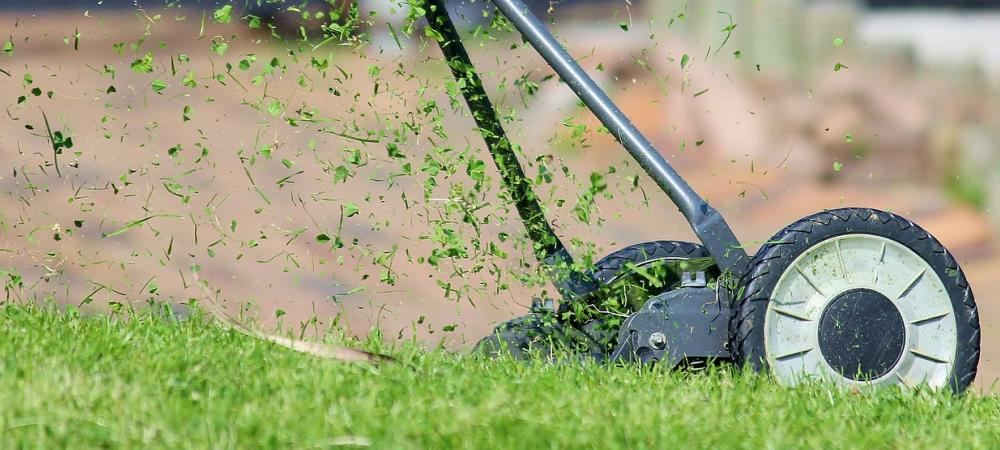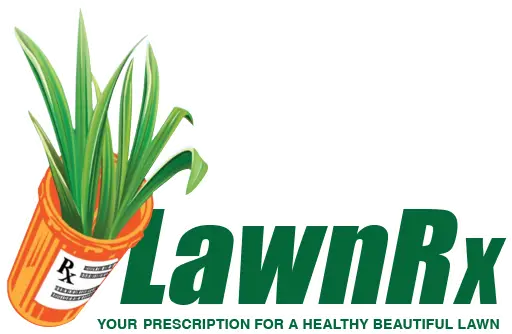How to Prevent and Treat Lawn Diseases in Pennsylvania

Maintaining a lush, green lawn in Pennsylvania can be a rewarding part of homeownership—but it doesn’t come without challenges. Thanks to our variable climate, ranging from humid summers to wet springs and falls, Pennsylvania lawns are prone to a variety of fungal and bacterial diseases. Left untreated, these issues can quickly turn your yard from a source of pride into a patchy, discolored mess.
Here’s a comprehensive, locally focused guide on how to prevent and treat common lawn diseases in the Keystone State.
Common Lawn Diseases in Pennsylvania
Before diving into prevention and treatment, it’s important to recognize what you’re up against. Here are some of the most common lawn diseases found in Pennsylvania:
- Brown Patch – A fungal disease that thrives in hot, humid conditions (especially July and August). It often starts overnight and spreads quickly, especially in over-fertilized lawns.
- Dollar Spot – Characterized by silver-dollar-sized patches of bleached grass; often seen in early summer. It tends to show up in lawns with low nitrogen levels.
- Red Thread – Most prevalent in spring and fall; identifiable by pinkish-red threads in grass blades. It typically occurs in undernourished or shaded areas.
- Snow Mold – Becomes visible as the snow melts in early spring, leaving matted patches of gray or pink. It’s more common after long periods of snow cover on unfrozen ground.
- Rust – Causes grass blades to appear orange or rusty, typically in late summer to early fall. It can weaken turf over time, making it more susceptible to other stressors.
How to Prevent Lawn Diseases
1. Choose the Right Grass Type
Not all grass varieties are equal in disease resistance. In Pennsylvania, cool-season grasses like:
- Kentucky Bluegrass
- Fine Fescues
- Perennial Ryegrass
are commonly used. Choose blends labeled for disease resistance and suited to your region. In southeastern PA, for instance, fine fescues handle shaded areas better, while ryegrass works well in western PA’s slightly cooler, wetter climate.
Learn more about the most common types of grasses in Pennsylvania.
2. Water Wisely
Water early in the morning to allow blades to dry throughout the day. Avoid late afternoon or evening watering, which creates damp overnight conditions ideal for fungal growth.
Pro Tip: Lawns in PA typically need about 1 inch of water per week, including rainfall. Use a rain gauge or even a tuna can to measure sprinkler output, and check soil moisture with your finger to avoid overwatering.
3. Aerate and Dethatch
Heavy thatch (over ½ inch thick) and compacted soil create breeding grounds for disease. Aerating in the fall (or early spring) improves drainage and airflow.
- Core aeration is especially helpful for clay-heavy soils common in southeastern PA.
- Dethatching allows water and nutrients to reach the soil more effectively, particularly important after wet springs.
4. Mow Properly
- Height: Keep blades at 3–4 inches to promote strong root growth and shade out pathogens.
- Blade sharpness: Dull mower blades tear grass, increasing disease susceptibility.
- Frequency: Never remove more than 1/3 of the blade height in a single mow. During disease outbreaks, consider bagging clippings to reduce spore spread.
5. Use the Right Fertilizer at the Right Time
Overfertilizing can encourage fast, weak growth that is more vulnerable to disease. Use a slow-release, nitrogen-balanced fertilizer in:
- Early spring (late March to early April)
- Early fall (September to mid-October)
Avoid high-nitrogen fertilizers in midsummer, which can promote Brown Patch and other heat-loving diseases. A soil test through Penn State Extension can help you fertilize more accurately.
How to Treat Lawn Diseases
If your lawn is already showing signs of disease, act fast to limit spread.
1. Correct Diagnosis
Many lawn diseases look similar. For accurate diagnosis:
- Take clear photos of the symptoms.
- Use resources from Penn State Extension or consult a local lawn care professional.
- Check for signs like:
- Circular or irregular patches
- Discolored or slimy grass
- Powdery residue on blades
Bonus Tip: Turf issues caused by grubs or drought stress can mimic disease, so rule those out first.
2. Cultural Control
Before reaching for chemicals, adjust your maintenance:
- Reduce watering if grass is staying wet too long.
- Raise your mower height slightly.
- Remove clippings temporarily if disease is widespread to prevent spreading spores.
Adding compost or using organic foliar sprays (like compost tea) may help rebalance beneficial microbes in the soil.
3. Fungicide Applications
Fungicides are most effective when applied at the earliest signs of disease or as a preventative (especially for recurring issues like Brown Patch or Snow Mold).
Locally recommended fungicides include:
- Propiconazole (for Brown Patch, Dollar Spot)
- Azoxystrobin (broad-spectrum)
- Thiophanate-methyl (effective for Snow Mold)
Apply according to label directions, and rotate products to avoid resistance. Spot-treat problem areas first before treating the whole lawn.
When to Call a Professional
If your lawn continues to decline despite your best efforts, it may be time to bring in a local lawn care expert. Many offer disease-specific treatment plans and can provide aeration, soil testing, and overseeding services.
Look for licensed professionals who use integrated pest management (IPM) techniques and have experience with Pennsylvania-specific conditions. A local company is more likely to recognize and respond to common regional outbreaks.
How LawnRx Can Help with Lawn Disease Prevention and Care
Tackling lawn diseases can be overwhelming—but you don’t have to do it alone. At LawnRx, we specialize in helping Pennsylvania homeowners achieve and maintain healthy, disease-resistant lawns through a customized, science-based approach.
Our comprehensive lawn care program includes:
- Fertilization and Weed Control: Balanced, seasonally timed treatments to keep your turf healthy and competitive against weeds and disease.
- Disease and Insect Monitoring: Our trained technicians regularly inspect for signs of fungal outbreaks or pest infestations before they become major problems.
- Preventive Fungicide Applications: For lawns with recurring issues, we offer targeted preventative treatments—especially during high-risk times like summer humidity or spring snowmelt.
- Core Aeration and Overseeding: We recommend and provide fall aeration and seeding services with top-quality, disease-resistant grass blends suited for Pennsylvania’s climate.
- Soil Health Improvements: From pH balancing to nutrient enrichment, we tailor treatments based on your lawn’s unique soil profile.
With LawnRx, you’ll have access to local lawn experts who understand the challenges of our climate and turf types. Whether you're looking to prevent disease or recover from one, we’ll create a plan that restores your lawn to full health—without guesswork. Contact our team to learn more!
Final Tips for Pennsylvania Homeowners
- Keep records of lawn issues by season to spot recurring problems.
- Test your soil every 2–3 years to ensure pH and nutrient levels are balanced (available via Penn State's soil testing lab).
- Overseed annually in fall with disease-resistant blends to promote a dense, healthy lawn that naturally crowds out pathogens.
By staying vigilant and using a combination of cultural and chemical controls, Pennsylvania homeowners can enjoy healthy, green lawns all year long. Prevention is always cheaper and more effective than treatment—so start with smart lawn care and stay ahead of the diseases.
